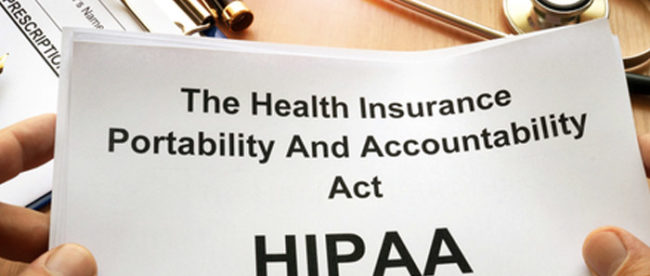The Only Guide for Pacific Prime
The Only Guide for Pacific Prime
Blog Article
The smart Trick of Pacific Prime That Nobody is Discussing
Table of ContentsPacific Prime Fundamentals Explained4 Easy Facts About Pacific Prime ExplainedHow Pacific Prime can Save You Time, Stress, and Money.The 3-Minute Rule for Pacific PrimeSome Known Details About Pacific Prime

This is because the data were accumulated for a period of strong financial efficiency. Of the approximated 42 million individuals that were without insurance, almost about 420,000 (regarding 1 percent) were under 65 years old, the age at which most Americans end up being qualified for Medicare; 32 million were adults in between ages 18 and 65, around 19 percent of all adults in this age group; and 10 million were youngsters under 18 years of age, regarding 13.9 percent of all youngsters (Mills, 2000).
These price quotes of the number of persons without insurance are generated from the annual March Supplement to the Present Populace Study (CPS), conducted by the Census Bureau. Unless or else kept in mind, nationwide estimates of people without medical insurance and proportions of the population with various sort of coverage are based on the CPS, the most extensively used source of quotes of insurance policy protection and uninsurance prices.
The Only Guide for Pacific Prime

Still, the CPS is particularly helpful because it produces yearly estimates relatively rapidly, reporting the previous year's insurance policy coverage estimates each September, and because it is the basis for a constant collection of price quotes for more than 20 years, permitting evaluation of patterns in protection in time. For these reasons, along with the considerable use the CPS in other studies of insurance policy coverage that exist in this record, we depend on CPS estimates, with constraints kept in mind.

The estimate of the variety of uninsured individuals expands when a populace's insurance coverage standing is tracked check out here for a number of years. Over a three-year duration beginning early in 1993, 72 million individuals, 29 percent of the united state populace, were without coverage for at the very least one month. Within a solitary year (1994 ), 53 million people experienced at the very least a month without insurance coverage (Bennefield, 1998a)
Six out of every ten without insurance adults are themselves employed. Although functioning does enhance the likelihood that and one's household members will certainly have insurance coverage, it is not a guarantee. Even participants of households with 2 full time wage income earners have nearly a one-in-ten chance of being without insurance (9.1 percent uninsured price) (Hoffman and Pohl, 2000).
The Greatest Guide To Pacific Prime
New immigrants account for a significant proportion of individuals without medical insurance. One analysis has actually attributed a considerable section of the recent development in the dimension of the U.S. uninsured populace to immigrants that got here in the country between 1994 and 1998 (Camarota and Edwards, 2000). Recent immigrants (those who involved the USA within the past four years) do have a high rate of being without insurance (46 percent), yet they and their children represent just 6 percent of those without insurance policy nationally (Holahan et al., 2001).
The connection in between medical insurance and accessibility to care is well developed, as documented later on in this chapter. The connection between health and wellness insurance coverage and health outcomes is neither straight neither basic, a considerable professional and wellness solutions research study literature links wellness insurance policy coverage to enhanced access to care, better quality, and improved individual and populace health and wellness condition.
Levels of analysis for examining the results of uninsurance. This discussion of wellness insurance policy protection focuses mostly on the U.S. populace under age 65 because basically all Americans 65 and older have Medicare or various other public protection. Furthermore, it concentrates particularly on those with no wellness insurance coverage for any size of time.
Pacific Prime - An Overview
The troubles dealt with by the underinsured are in some aspects similar to those encountered by the uninsured, although they are typically much less serious. Health insurance, nonetheless, is neither needed nor sufficient to obtain accessibility to medical services. The independent and straight effect of health insurance policy coverage on access to wellness services is well developed.
Others will certainly get the wellness treatment they require even without medical insurance, by paying for it expense or seeking it from carriers who supply care free or at very subsidized rates. For still others, medical insurance alone does not guarantee invoice of care due to other nonfinancial obstacles, such as a lack of healthcare companies in their community, restricted accessibility to transportation, illiteracy, or etymological and cultural differences.
What Does Pacific Prime Do?
Official research regarding without insurance populations in the United States dates to the late 1920s and early 1930s when the Board on the Cost of Medical Treatment created a series of reports regarding funding medical professional workplace check outs and hospital stays. This concern became prominent as the varieties of clinically indigent climbed up during the Great Depression.
Report this page